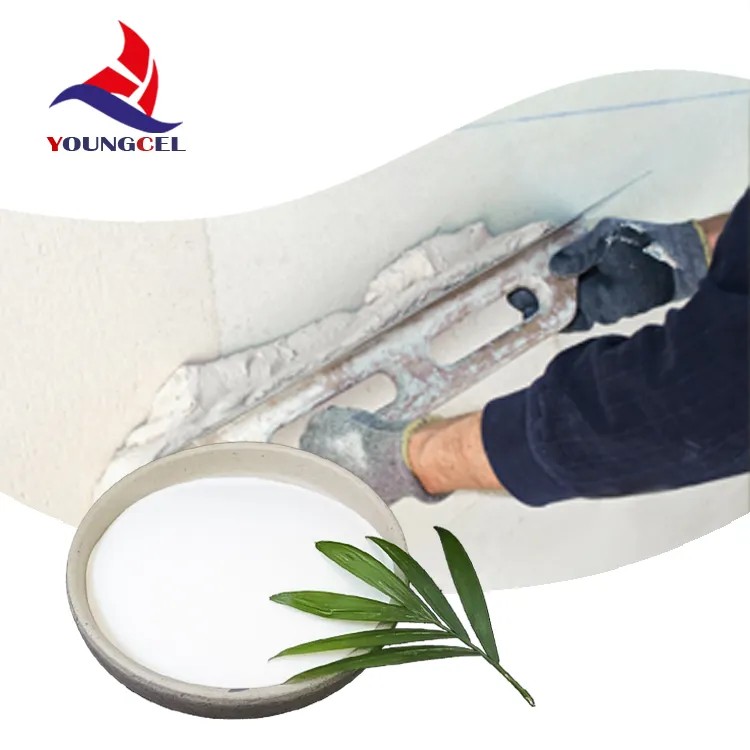Understanding the Role of HPMC in China’s Pharmaceutical Industry
Hydroxypropyl methylcellulose (HPMC) is a multipurpose pharmaceutical excipient widely used in the formulation of various dosage forms, including tablets, capsules, and topical applications. Its versatility and unique properties have made it a staple ingredient in the pharmaceutical sector, particularly in China, which is known as one of the largest pharmaceutical markets in the world.
What is HPMC?
HPMC is a cellulose derivative created through the modification of natural cellulose. The chemical structure of HPMC allows for enhanced solubility in water, which is critical in ensuring that active pharmaceutical ingredients (APIs) are released effectively in the body. HPMC functions as a binder, thickening agent, and film-forming agent, making it essential in various applications. Its importance in the pharmaceutical industry cannot be understated, as it ensures the stability and bioavailability of medications.
The Growth of the Pharmaceutical Market in China
China has experienced impressive growth in its pharmaceutical market over the past two decades. With an increasing demand for healthcare products driven by a growing population and rising health awareness, the market is expected to continue expanding. The development of new drugs and the high demand for quality excipients like HPMC are crucial to the industry’s growth.
As the country embraces advanced technologies and modern manufacturing processes, the need for high-quality excipients is more pressing than ever. This trend has propelled HPMC into the spotlight, as manufacturers strive for innovative formulations that ensure efficacy and patient compliance.
Applications of HPMC in Pharmaceuticals
HPMC has a wide range of applications in the pharmaceutical field. In tablet formation, it is used as a binder, providing the necessary cohesion between particles. This ensures that tablets maintain structural integrity during handling and transportation, ultimately leading to better patient outcomes. Moreover, HPMC is crucial in controlling the release of ingredients, allowing for sustained-release formulations that improve patient adherence.
In capsules, HPMC is often used as a vegetarian substitute for gelatin, catering to the needs of consumers with dietary restrictions. Its ability to dissolve in various pH levels makes it an ideal choice for enteric-coated applications, ensuring that the medication is released at the correct location within the gastrointestinal tract.
china hpmc

Furthermore, HPMC is gaining popularity in the formulation of topical products. Its film-forming properties make it an excellent choice for ointments, creams, and gels, allowing for prolonged contact with the skin and enhanced absorption of active ingredients.
Advantages of HPMC Over Other Excipients
The advantages of HPMC in pharmaceutical formulations are numerous. Unlike some other cellulose derivatives, HPMC does not possess any adverse effects on taste or odor, making it more suitable for oral formulations. Additionally, it is non-toxic and does not irritate the gastrointestinal tract, which is critical for patient safety.
HPMC also allows for greater design flexibility in formulating controlled-release drugs. Its viscosity can be easily adjusted through variations in concentration, enabling formulators to achieve the desired release profile for specific medications.
Regulatory Landscape and Quality Assurance
In China, regulatory standards for pharmaceuticals are stringent. The Chinese Food and Drug Administration (CFDA) oversees the quality and safety of pharmaceutical products, which includes excipients like HPMC. Manufacturers must comply with Good Manufacturing Practice (GMP) guidelines to ensure that their products meet the required standards.
As the pharmaceutical landscape continues to evolve, quality assurance for excipients like HPMC will become increasingly crucial. Innovation, along with regulatory compliance, will help Chinese manufacturers strengthen their position in the global market.
Conclusion
HPMC plays a significant role in China's pharmaceutical industry, serving as a versatile excipient that contributes to the formulation of high-quality medications. As the market continues to grow and evolve, the demand for effective, safe, and patient-friendly formulations will drive further innovations in the use and application of HPMC. Its ability to meet the diverse needs of pharmaceutical manufacturing will undoubtedly solidify its status as an indispensable component in the industry. As we look to the future, HPMC is poised to play a pivotal role in addressing the healthcare needs of a rapidly advancing society.
-
Rdp Powder: Key Considerations for Wholesalers in the Building Materials IndustryNewsJul.08,2025
-
Key Considerations for Wholesalers: Navigating the World of Hpmc - Based ProductsNewsJul.08,2025
-
Hpmc Detergent: Key Considerations for WholesalersNewsJul.08,2025
-
Key Considerations for Wholesalers: China Hpmc For Tile Adhesive, Coating Additives, Concrete Additives, and MoreNewsJul.08,2025
-
Crucial Considerations for Wholesalers: Navigating the World of Construction MaterialsNewsJul.08,2025
-
Key Considerations for Wholesalers Sourcing Additive For Cement, Additive For Concrete, Additive For Putty from Additive Manufacturer Shijiazhuang Gaocheng District Yongfeng Cellulose Co., Ltd.NewsJul.08,2025




